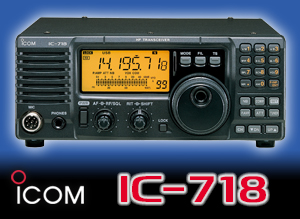Propagation News – 17 March 2019
There is life in the old dog yet! The lone spotted region on the visible disk of the Sun managed to produce a minor C1.3 flare on 8 March. Although not a noteworthy event as far as peak X-ray strength, the flare was associated with an eruption and what appears to be a faint coronal mass ejection. Much of the plasma was likely reabsorbed, but some did manage to escape the Sun when viewing coronagraph imagery, courtesy of the STEREO Ahead spacecraft. This wasn’t directed at Earth and we seem to have missed it.
This week has been characterised as relatively settled with the Kp index mainly in the zero to two range. There have been no sunspots since the disappearance of the sunspot we mentioned last week. So overall, not good conditions for radio, as was witnessed by last week’s Commonwealth Contest. The consensus was that it was one of the worst yet. Nevertheless, some high scores were presented. Stars like 3B8XF, ZF2CA and 9J2BO, plus many VK and ZL stations were worked from the UK.
Next week, NOAA predicts the solar flux will remain at about 79. The Kp index will also remain relatively settled at two to three. The next big unsettled session is due on 26 March, thanks to a coronal hole, with the Kp index predicted to hit five. So look out for aurora and make the most of the settled conditions this week.
VHF and up
After a week or more of very unsettled weather with strong winds testing your antennas, it’s shaping up to be much quieter in the coming week as high pressure returns.
After this weekend, the pressure will start to build over the south of the country and develop a strong ridge. High pressure will drift north-east from the Azores and across southern Britain, to finish over Germany by the end of the week. The effect of this will be a welcome return of tropo lift conditions, although not especially strong all the time. A good visual indicator may be a layer of stratocumulus cloud at 1 to 2km above the ground, which will be at the height of the temperature inversion formed by sinking air within the high. These can extend over hundreds of kilometres to give paths well into northern Europe.
It could be a good week to test the other modes on VHF and UHF. Try a CW or SSB QSO for a change and, if calling CQ, remember to say what square you are in.
The Moon reached peak declination last week and is at perigee on Tuesday, so it’s a good week for EME with low path losses and high elevations.
There are no meteor showers this week, so again we’ll have to rely on random meteors around dawn for the best chance of meteor scatter DX.
Category: GB2RS Propagation News










